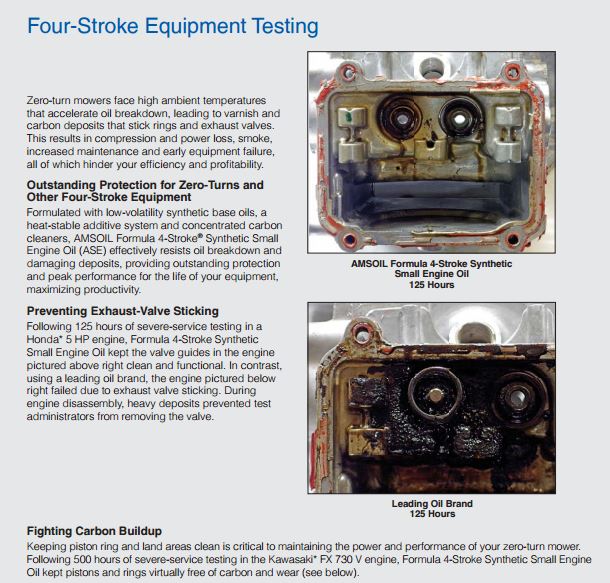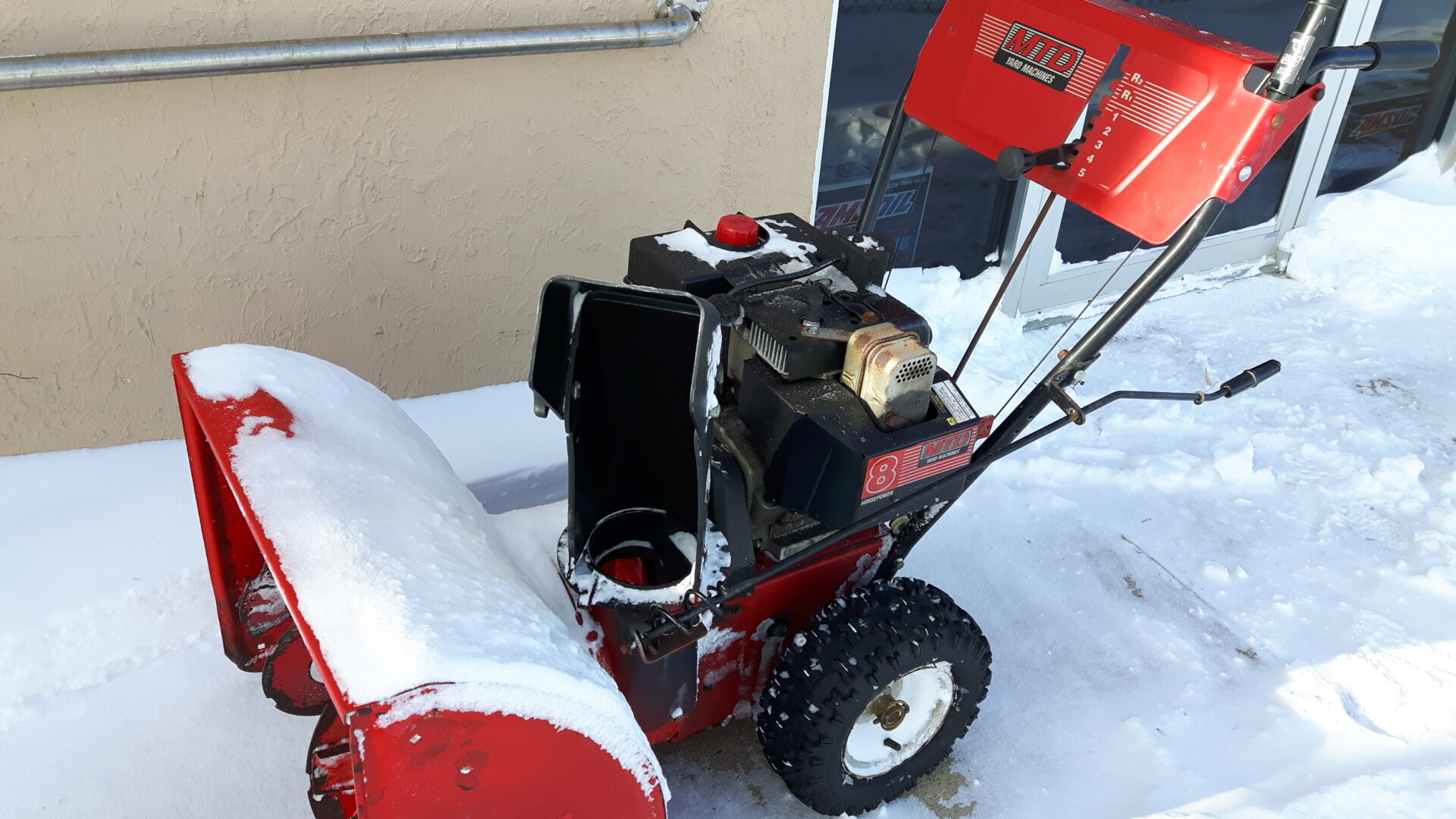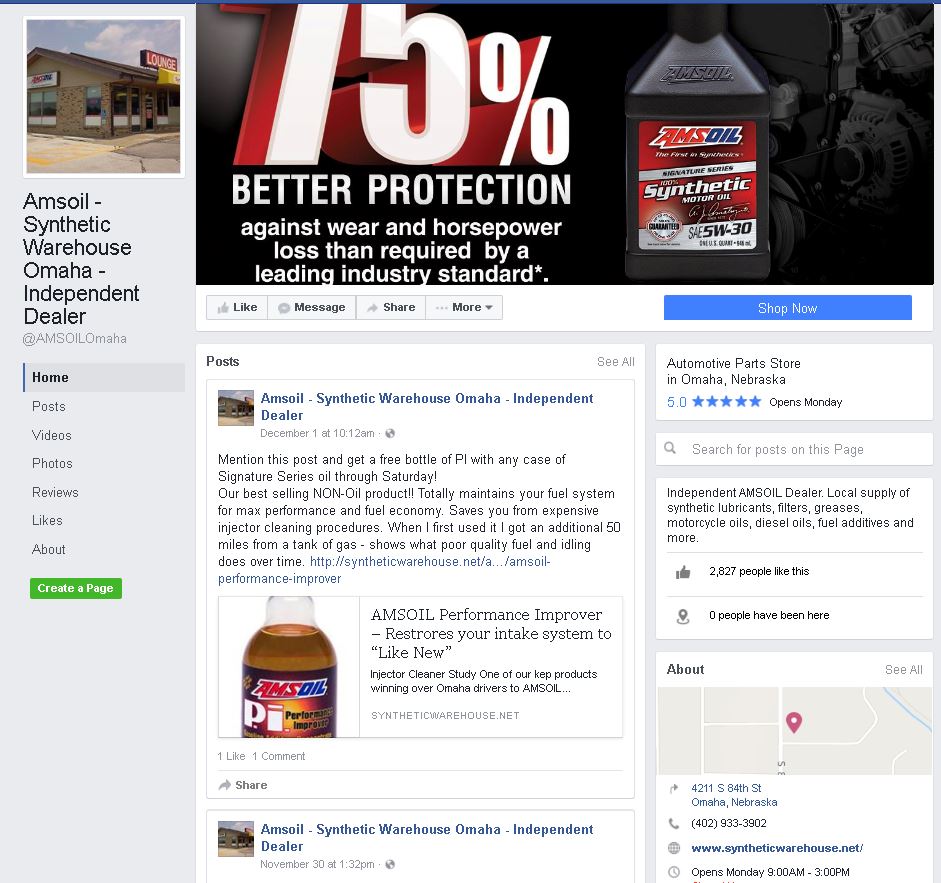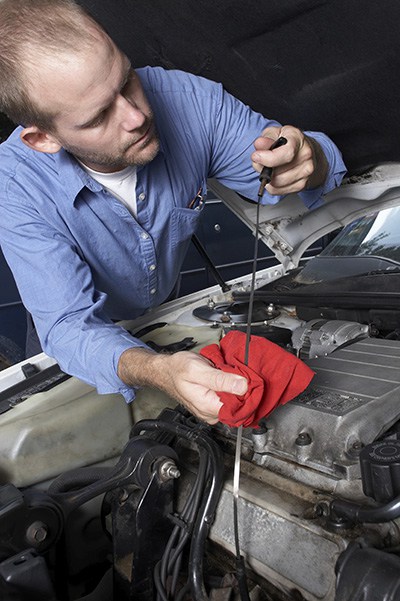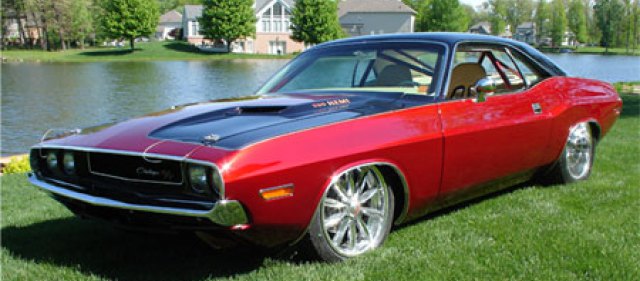Gasoline is the source of your vehicle’s power – and many of its problems.
Gasoline quality is vital, yet often overlooked.

AMSOIL’s Dan Peterson.
Dan Peterson | VICE PRESIDENT, TECHNICAL DEVELOPMENT
Gasoline’s influence on our lives can’t be overstated. Remember how the gas lines of the 1970s disrupted daily life? People waited hours to fill up – if there was any gas available once they finally pulled up to the pump. Odd-even rationing dictated that motorists could only fill up on even-numbered days if the last digit on their license plate was even. The fallout of the gas shortages of the 1970s was a driving force behind the government mandates to increase fuel efficiency that continue to influence the industry today.
A few years ago, when gas hit $5 a gallon in some places, stories populated the Internet and airwaves about people willfully losing money to sell their giant SUVs in favor of small, fuel-efficient cars. Some people even took a loss on their houses in the suburbs to move closer to work.
In many ways, gasoline makes the world go ‘round, yet many of your customers likely know almost nothing about it, including the negative effects it can have on their vehicles.
Gasoline is distilled from petroleum crude oil. Typically, a 42-gallon barrel of crude will yield about 19 U.S. gallons of gas. The final blend can contain hundreds of different ingredients, among which are detergency additives designed to prevent harmful deposits from forming inside your engine.
In 1995, the EPA introduced its minimum gasoline detergent standard, known as lowest additive concentration (LAC). The intent was to ensure that all gasoline available in the country contained sufficient detergent additives to combat formation of deposits that reduce fuel efficiency and performance.
The widespread use of electronic fuel injection in the 1980s was a driving force behind the introduction of the LAC mandate. It quickly became evident that fuel injectors were especially sensitive to deposits, and the gasoline of the time didn’t contain sufficient detergents.
Deposit formation on the injector tips disrupts the spray pattern, which reduces fuel economy and results in less-efficient combustion. This contributes to increased tailpipe emissions since unburned gasoline can escape the combustion chamber on the engine’s exhaust stroke.
Deposits can also form on the intake valve, piston crown and in the ring grooves. They can prevent the intake valve from closing completely, reducing engine compression and horsepower. Deposits in the ring grooves can lead to ring sticking, which also reduces engine compression since a stuck ring won’t seal the combustion chamber completely. Piston crown deposits act like a sponge that soaks up gasoline. This can result in preignition, where the fuel/air mixture ignites sporadically, reducing performance and potentially damaging the engine.
Many automakers today don’t think the LAC mandate goes far enough. In fact, many gasoline marketers have reduced detergent levels by up to 50 percent, according to www.toptiergas. com. TOP TIER Detergent Gasoline is a performance specification designed by several of today’s top automakers.
Today’s vehicles run even hotter than they did in 1995. Since then the number of engines that use turbochargers, which increase heat, has grown substantially. So, too, has the number of vehicles that use direct fuel injection, which locates the injectors directly in the combustion chamber, exposed to intense heat. Plus, injectors today are more highly engineered with tighter tolerances, meaning even minute deposits can interfere with performance.
Gasoline is the source of your vehicle’s power – and many of its problems if you don’t perform proper maintenance. We formulate AMSOIL P.i.® to be one of the most potent additives on the market. It contains a very high dose of fuel detergents proven to combat the problems associated with gasoline, keeping injectors clean and functioning properly. In fact, testing showed dirty injectors returned to >95 percent flow after only one tank of gas treated with P.i. Just take a look at the dramatic before/ after images above.
As vehicles become more sophisticated and sensitive to gas quality, make sure you understand the importance of maintaining them with a quality fuel additive. AMSOIL provides solutions to problems you may not even be aware of.
Let AMSOIL Sioux Falls be your gasoline fuel additive source! Depend on us for the best products which will always be the state of the art for all Nebraskans! Thank you for your business. We love being here in Sioux Falls!
